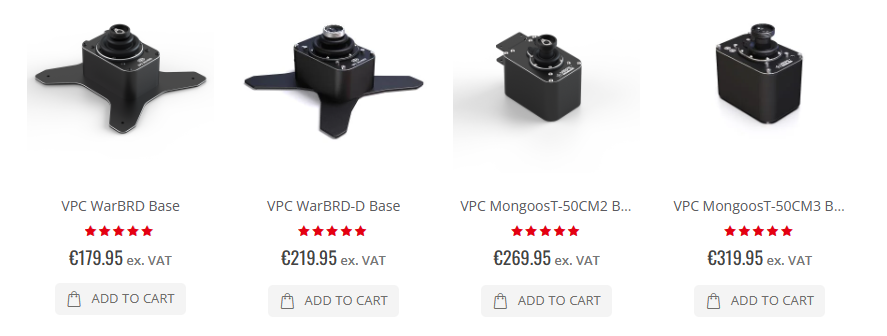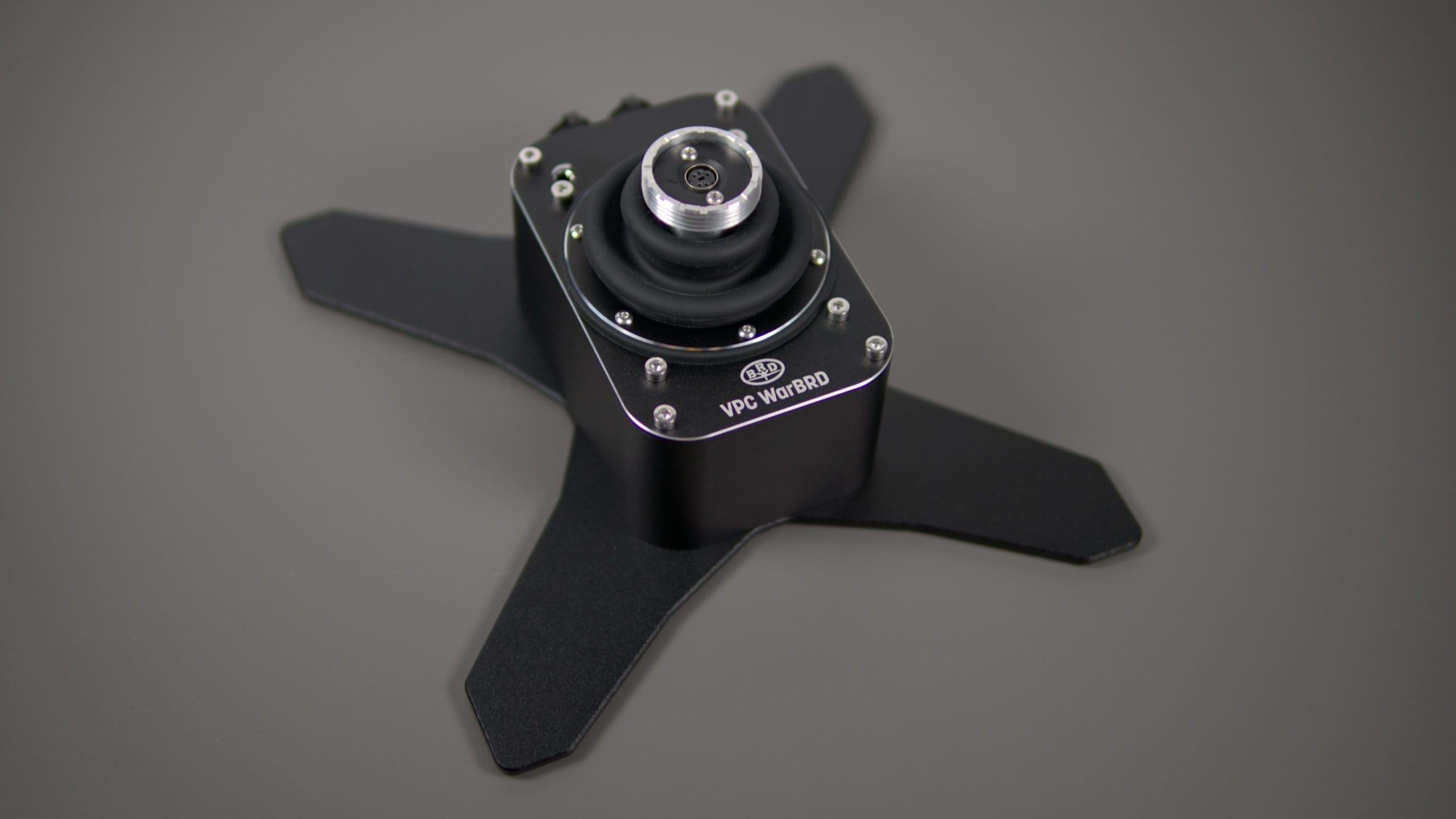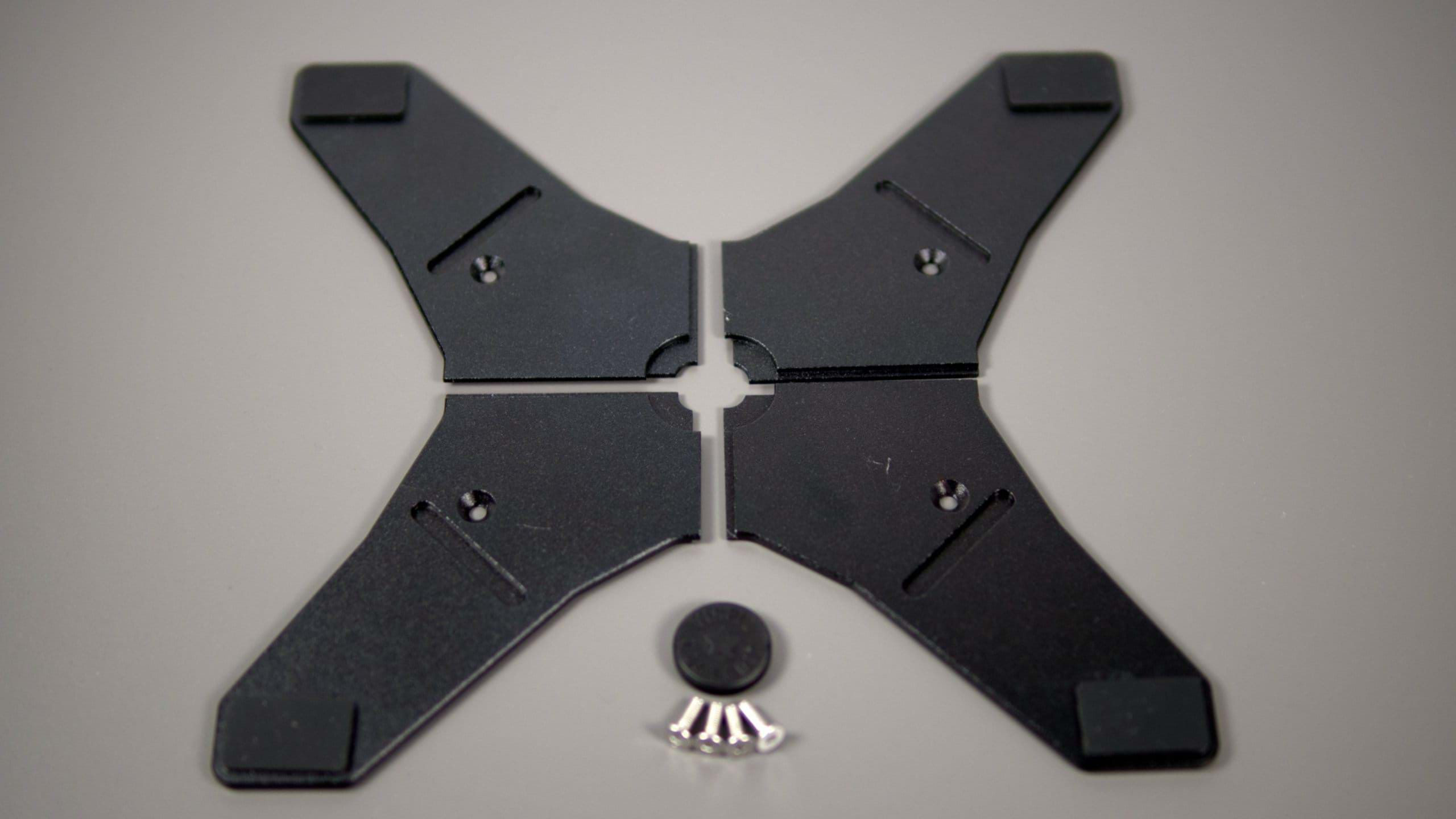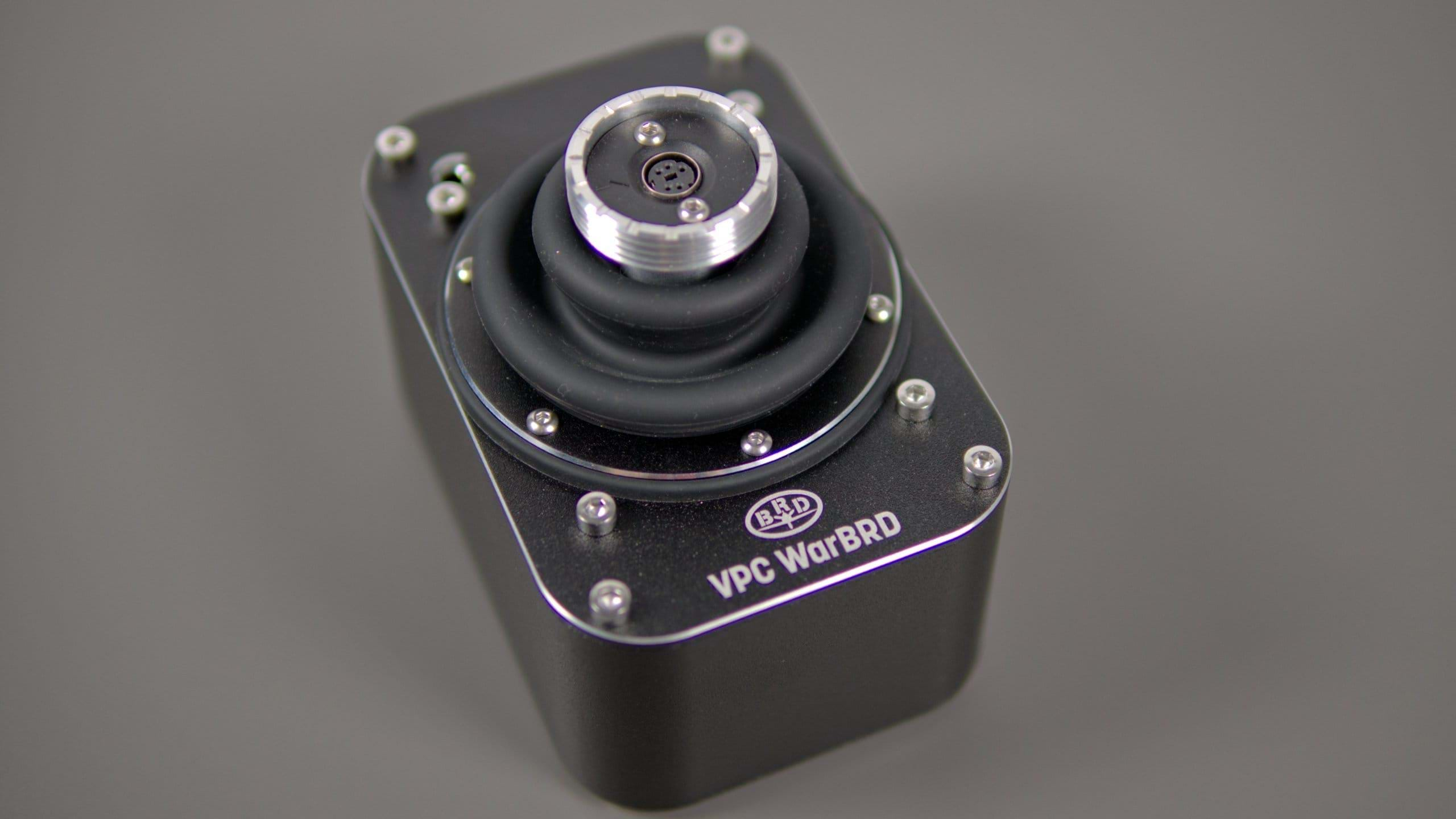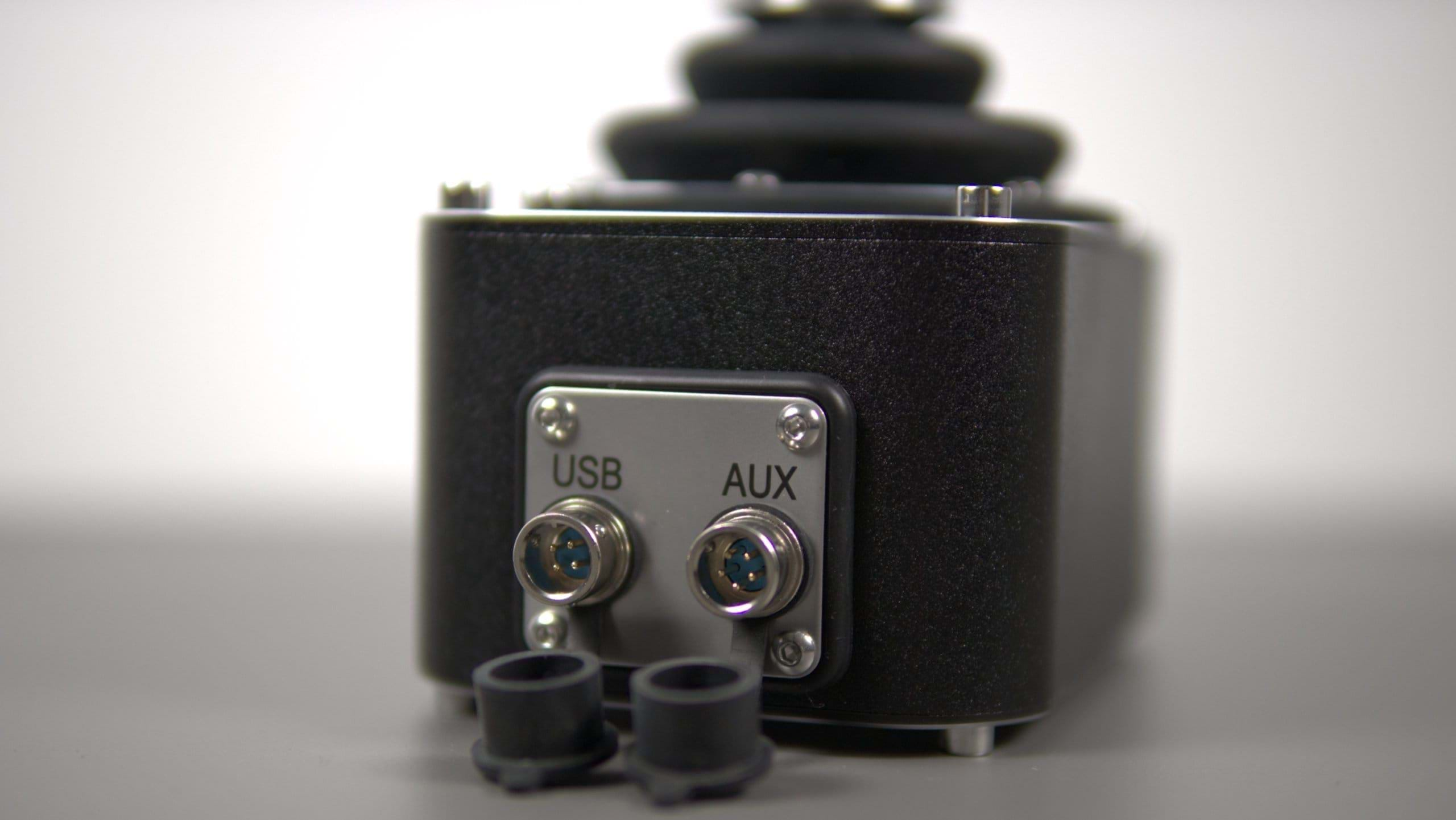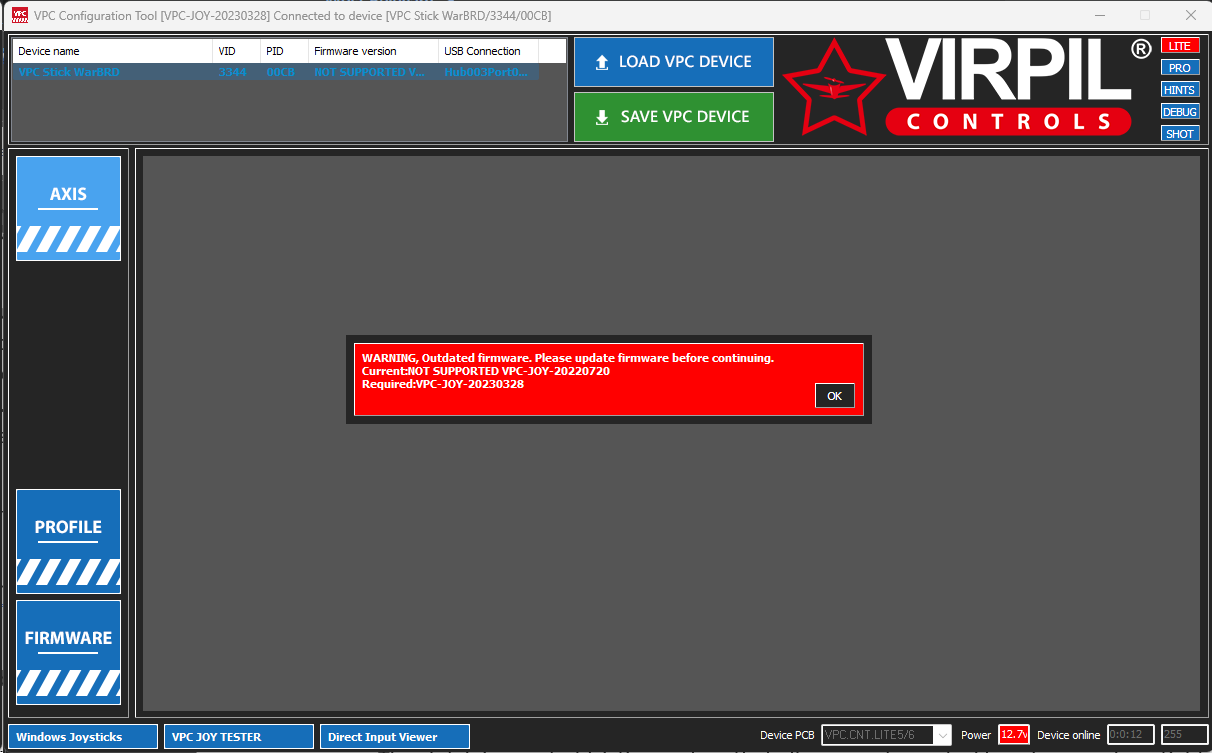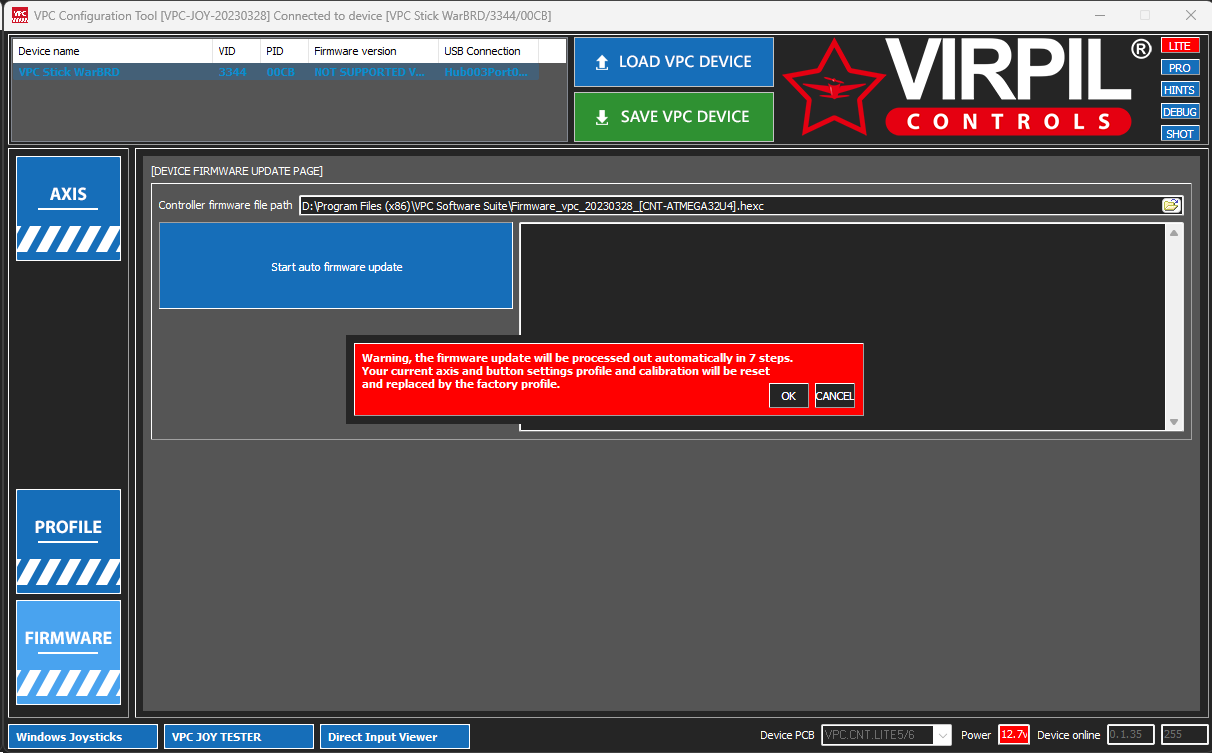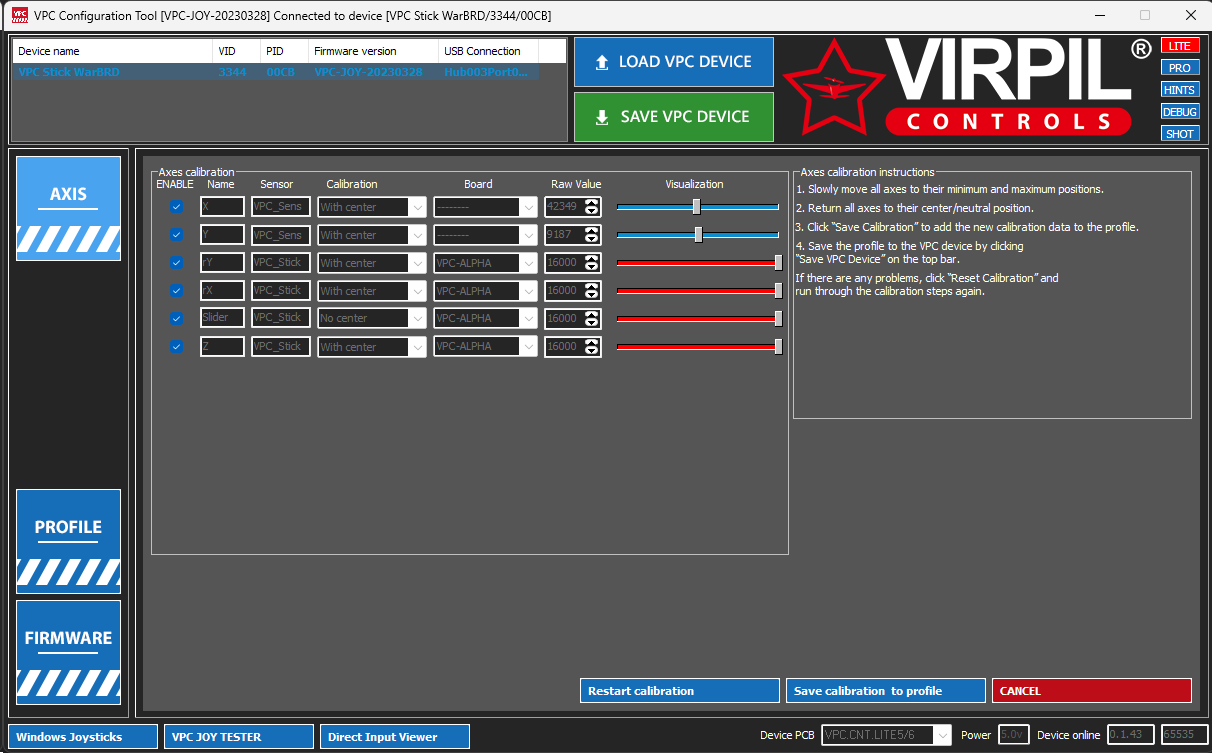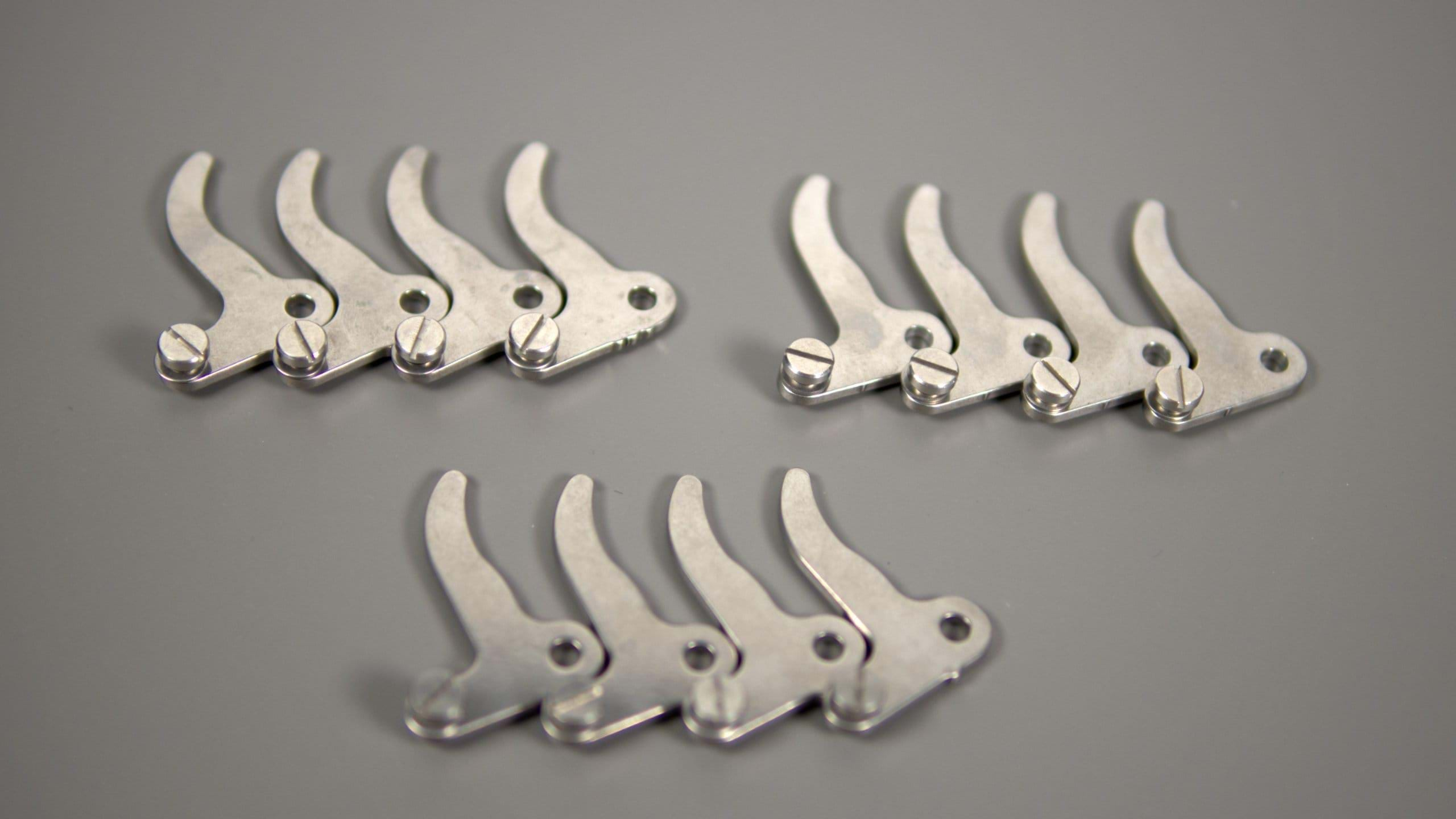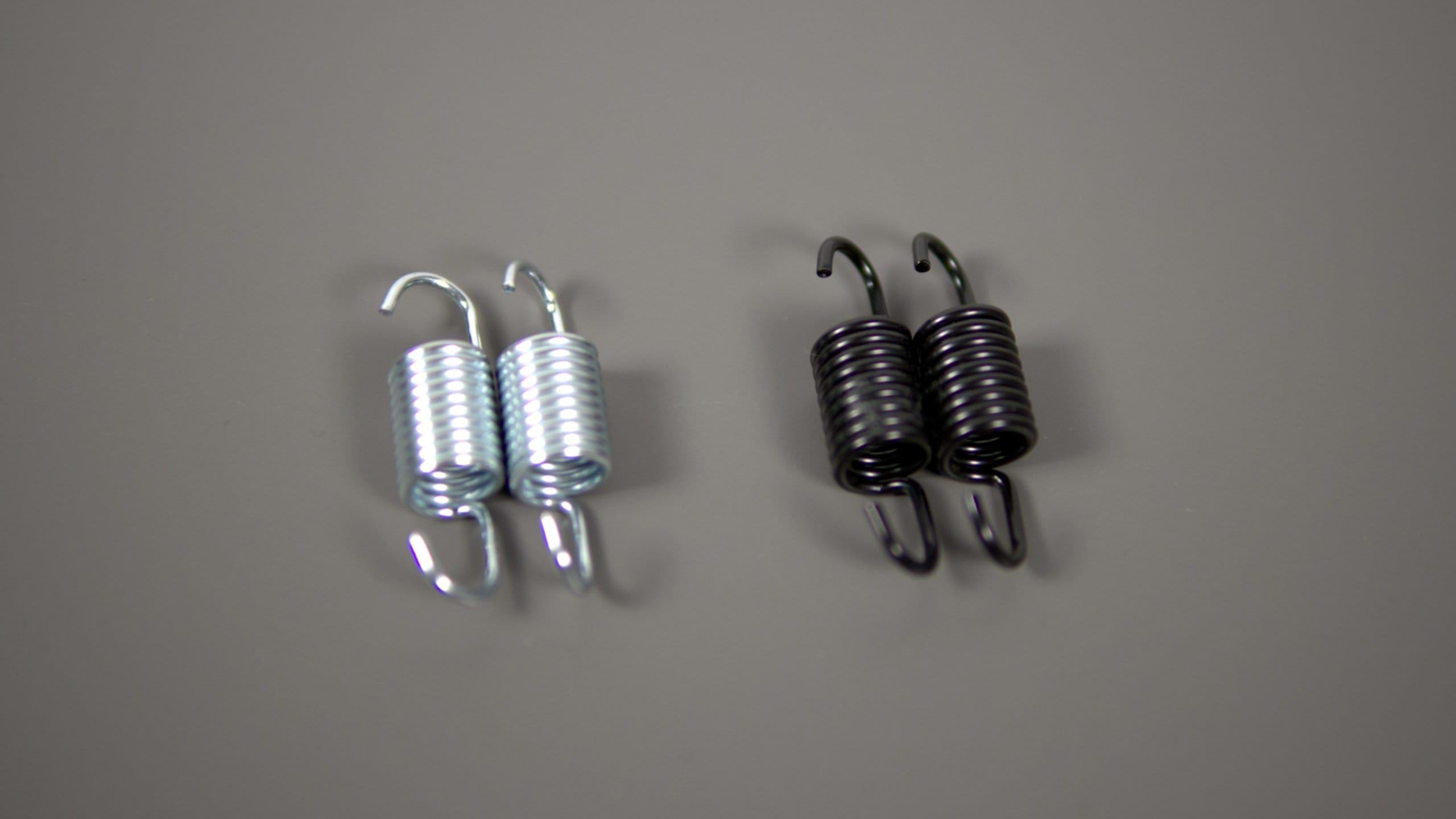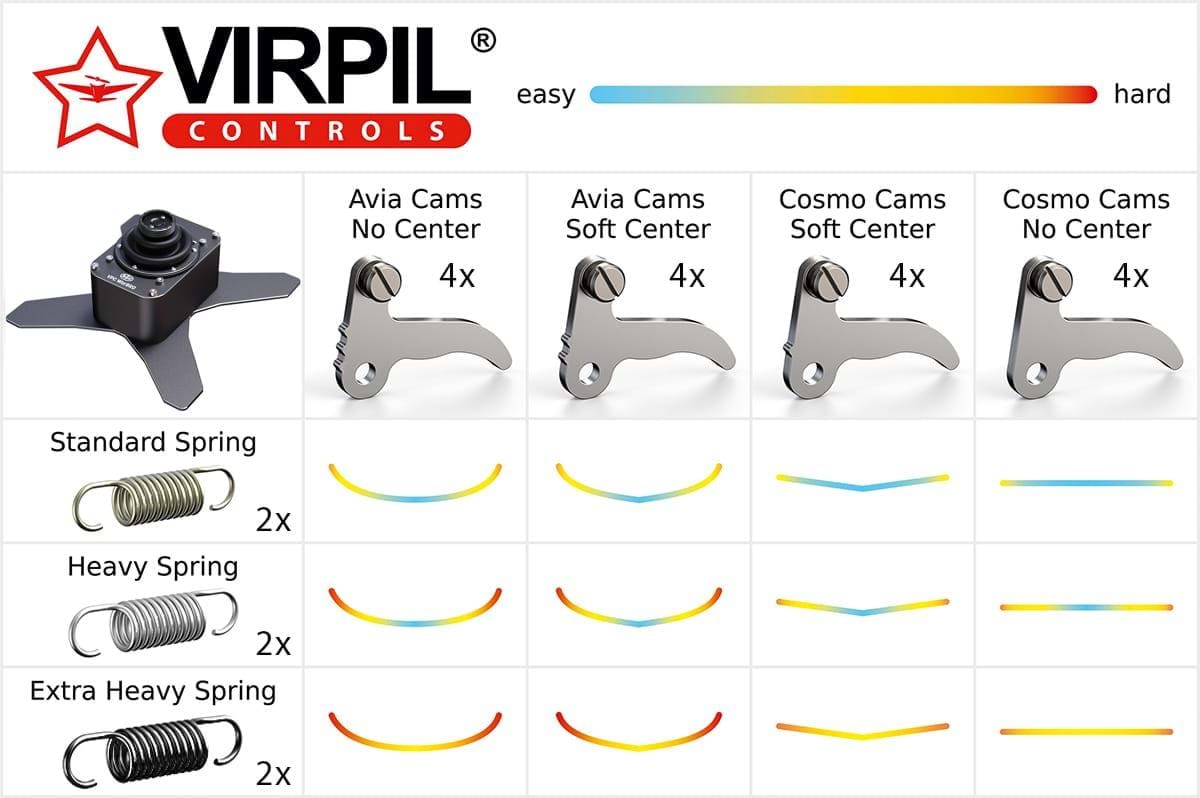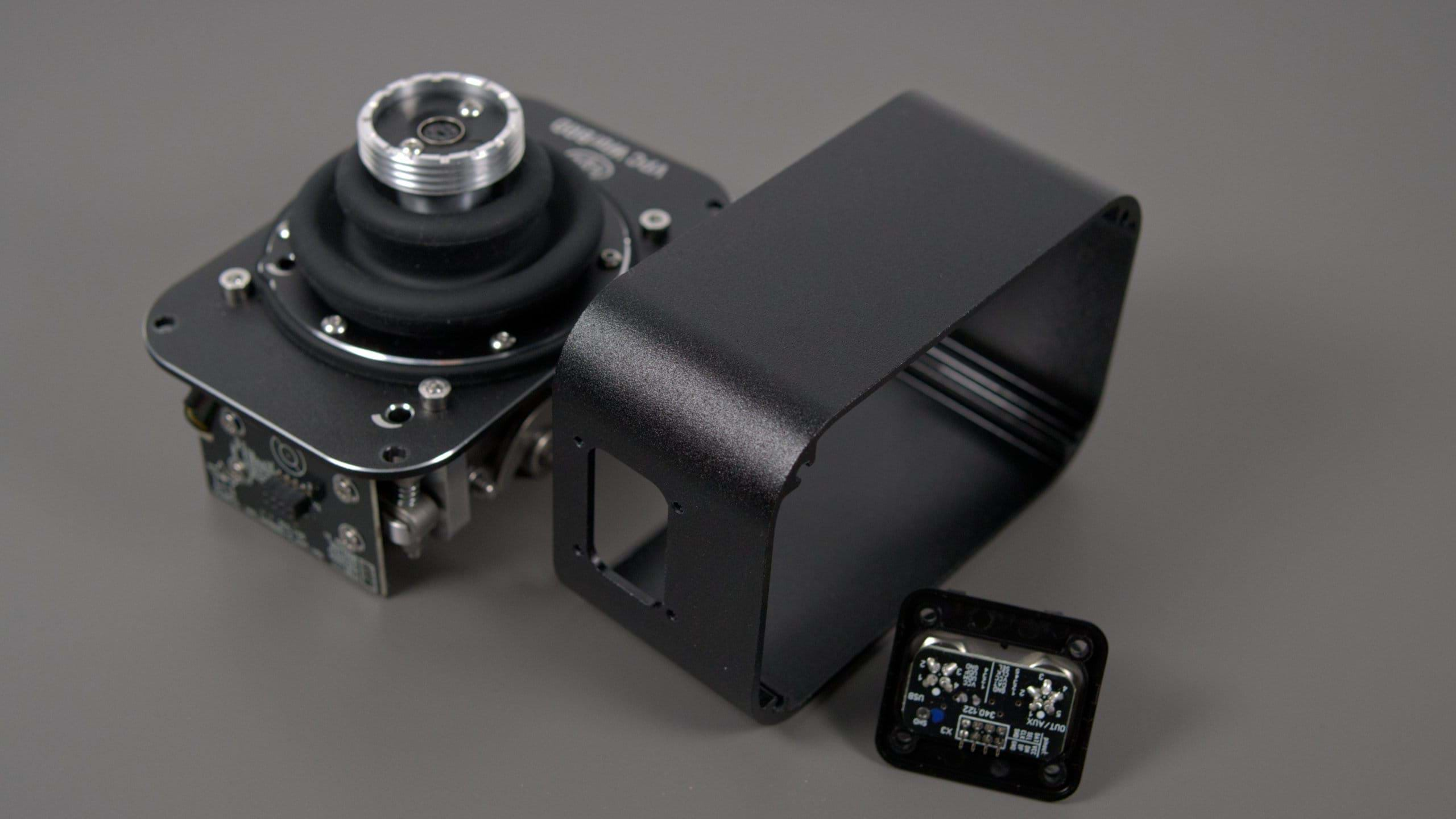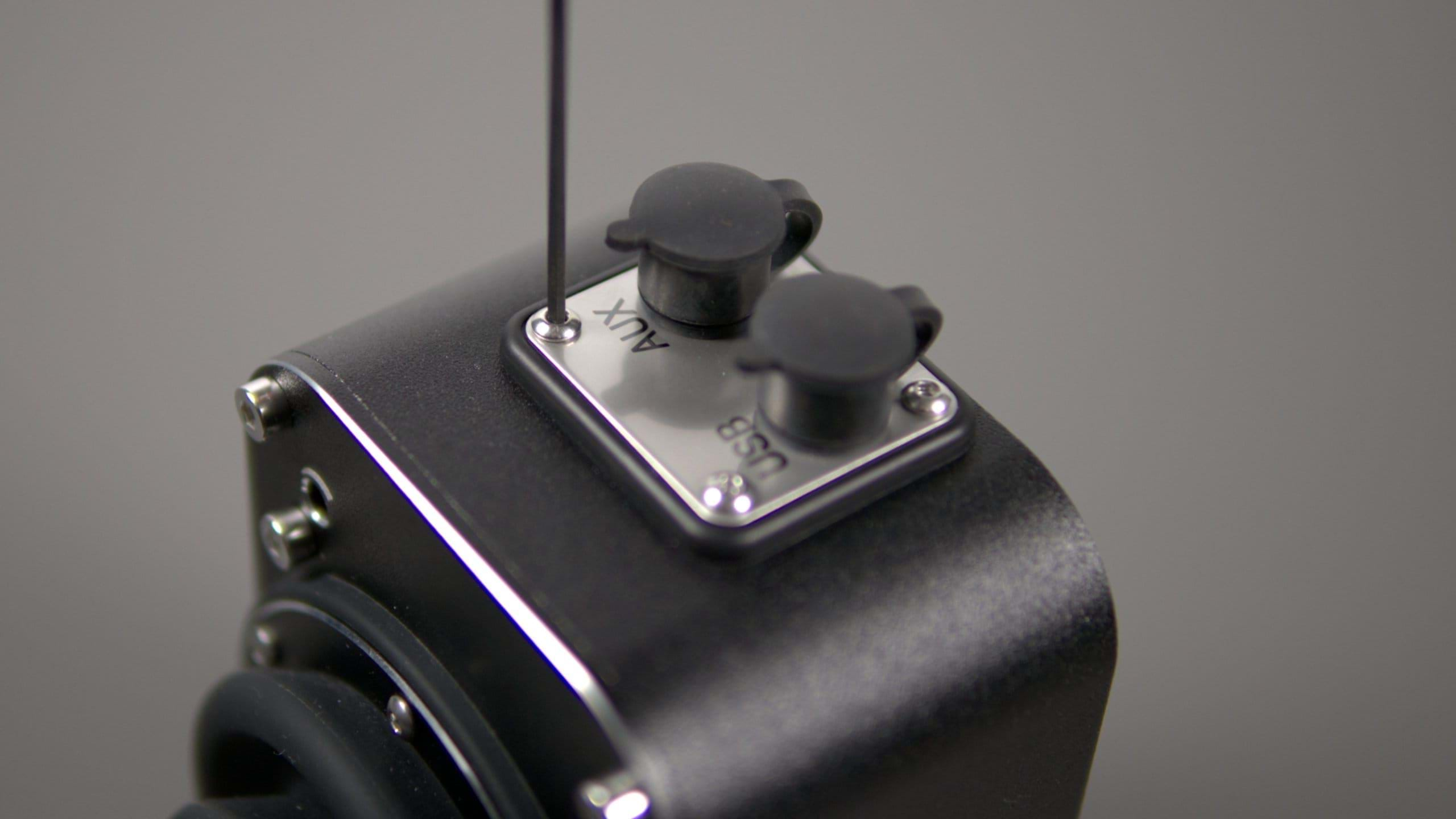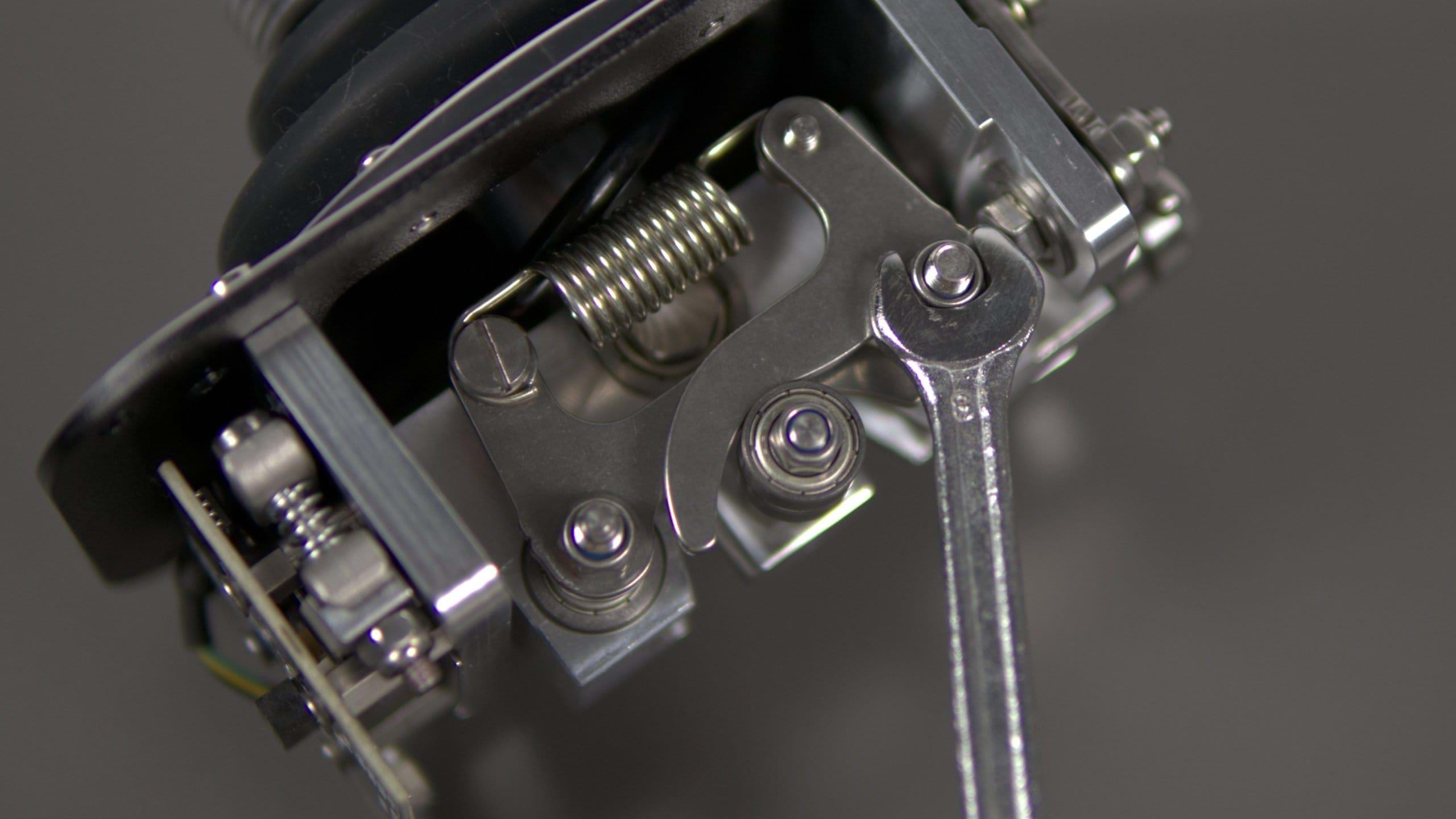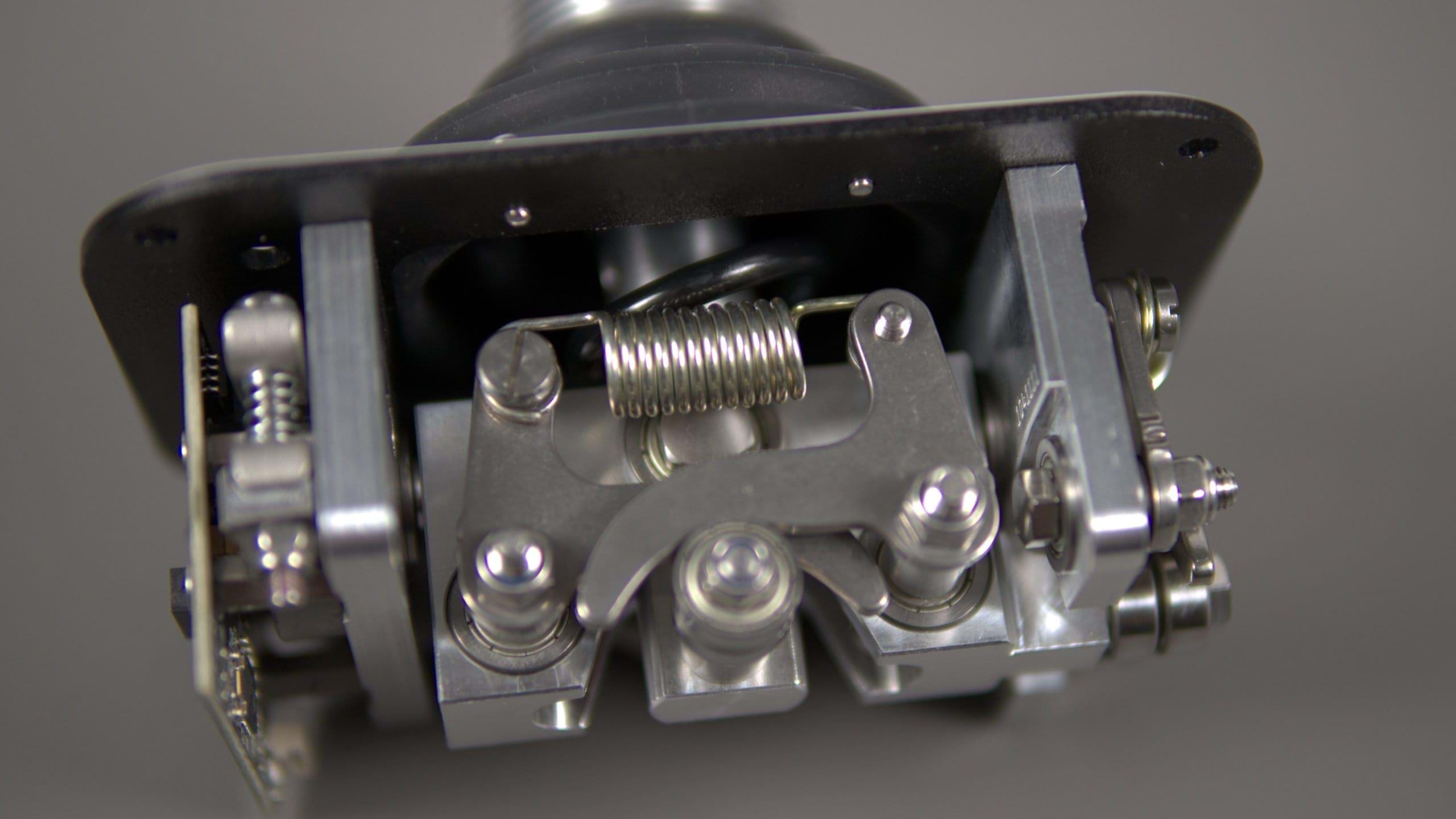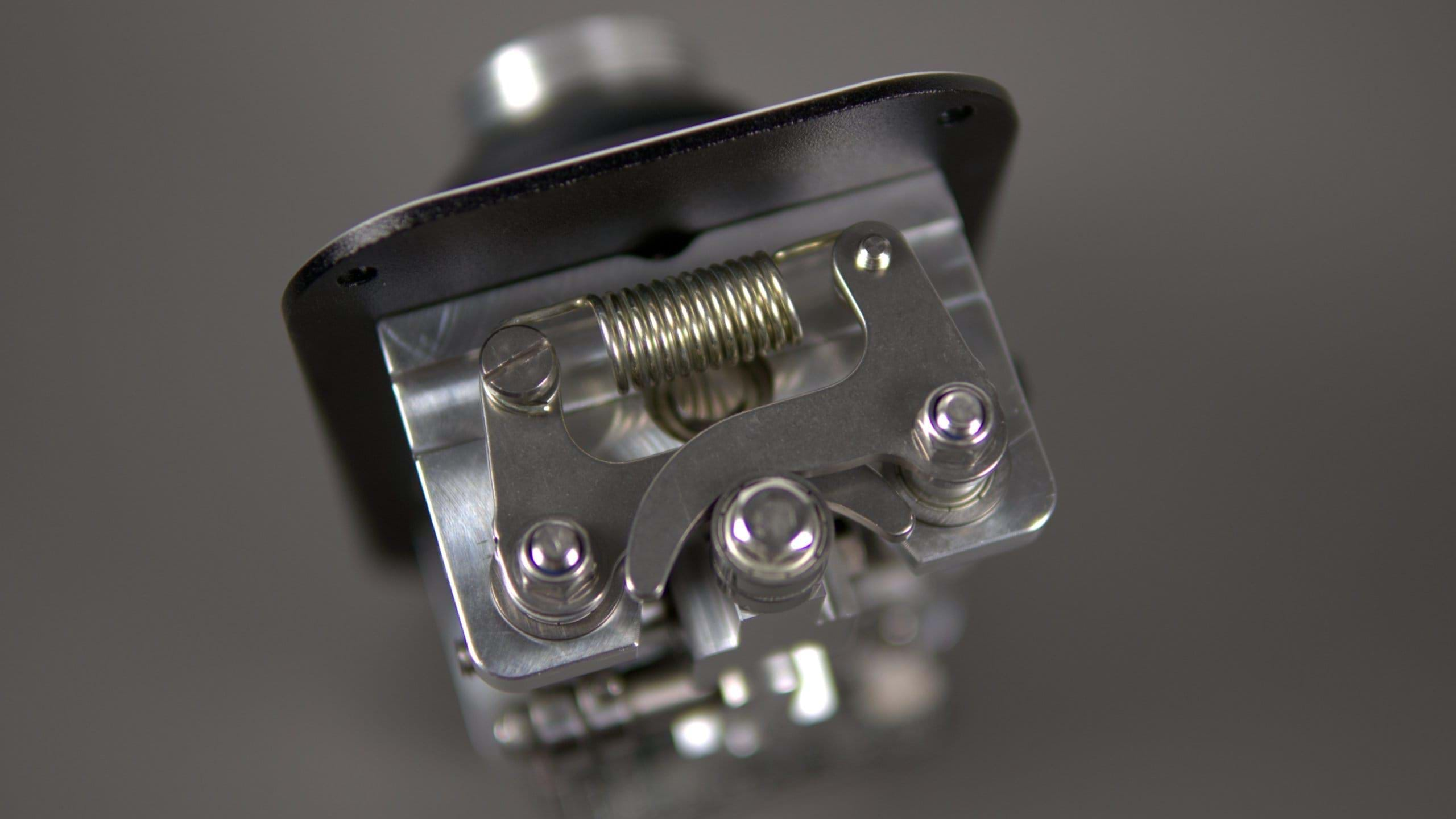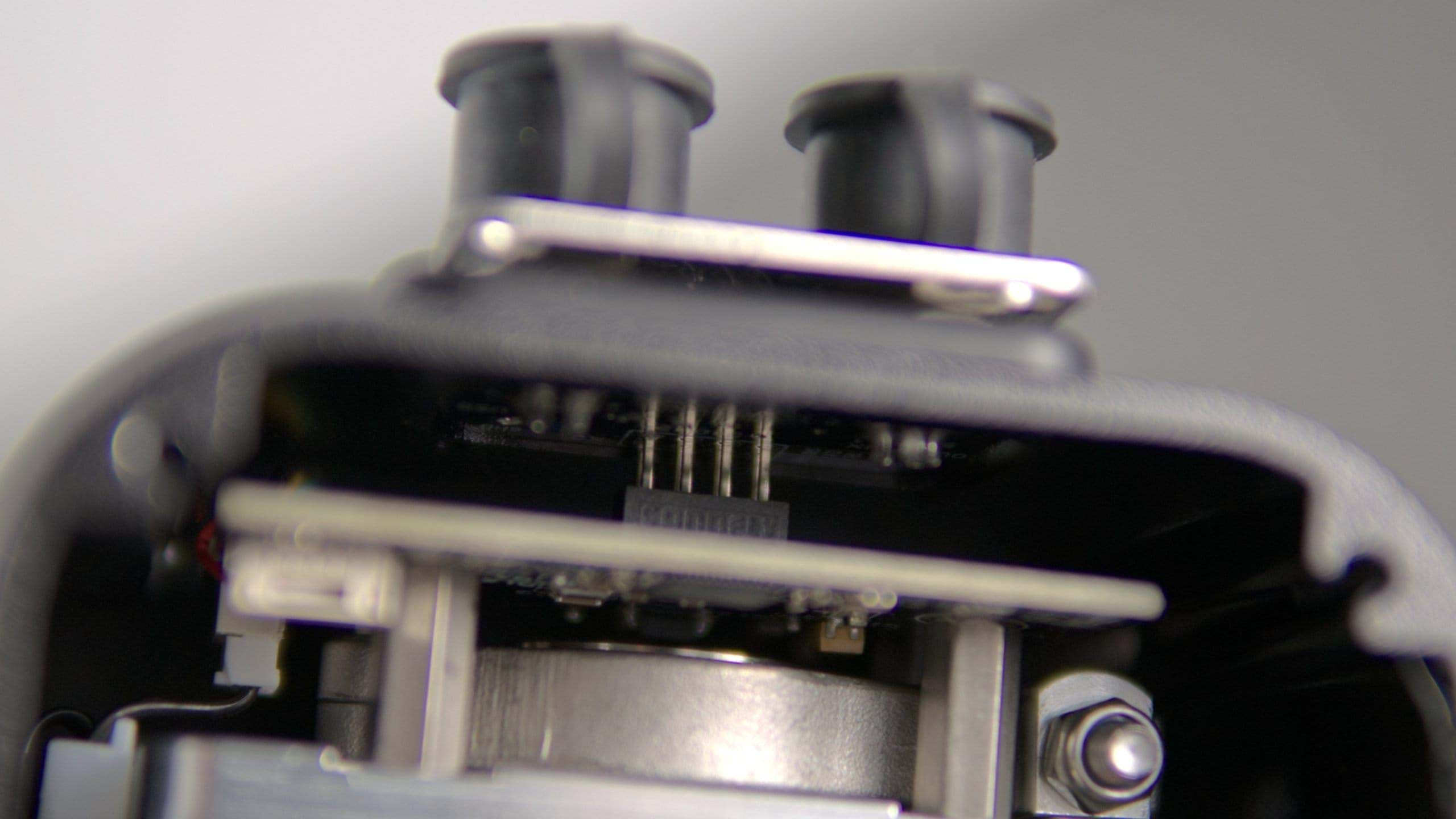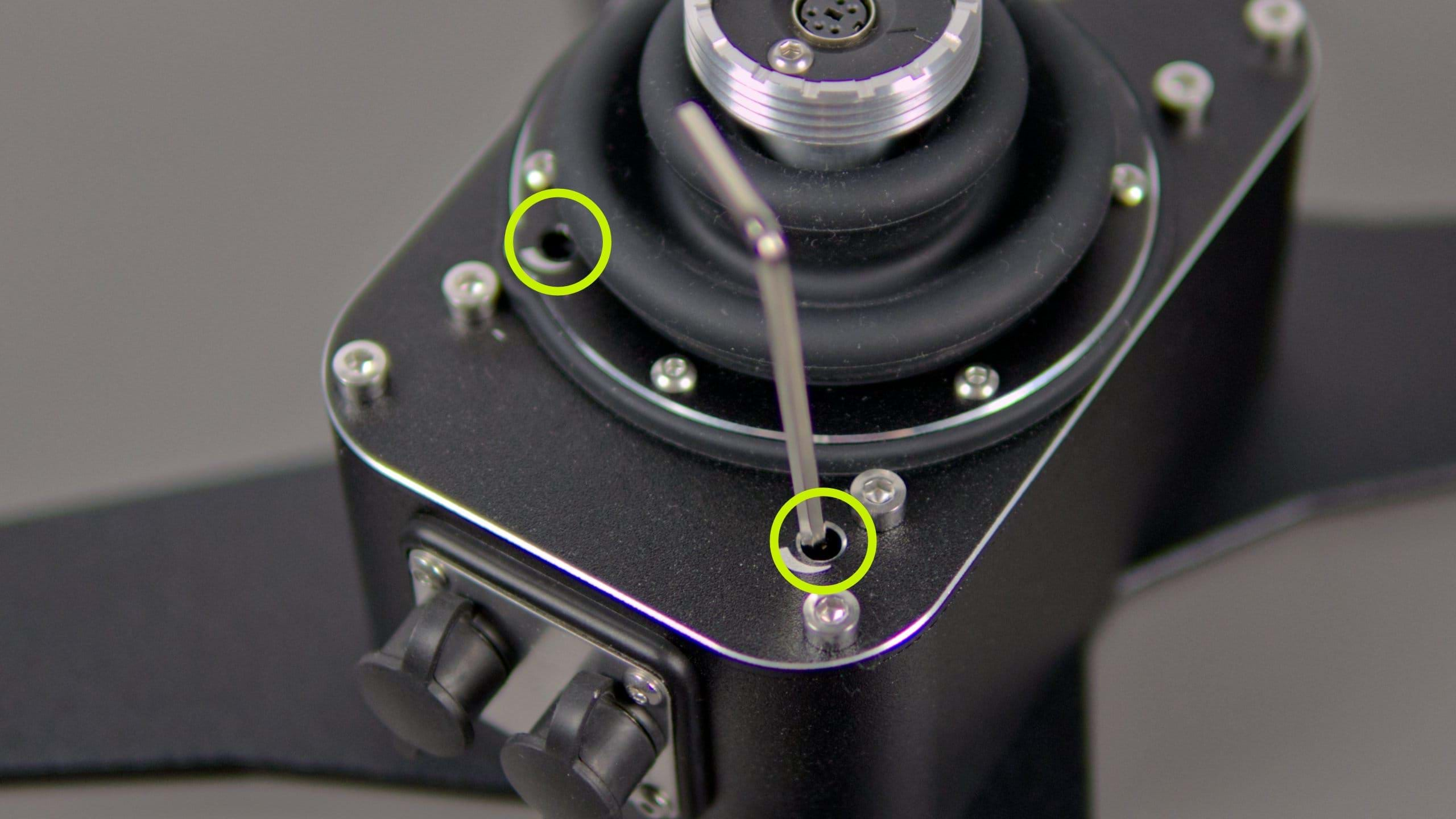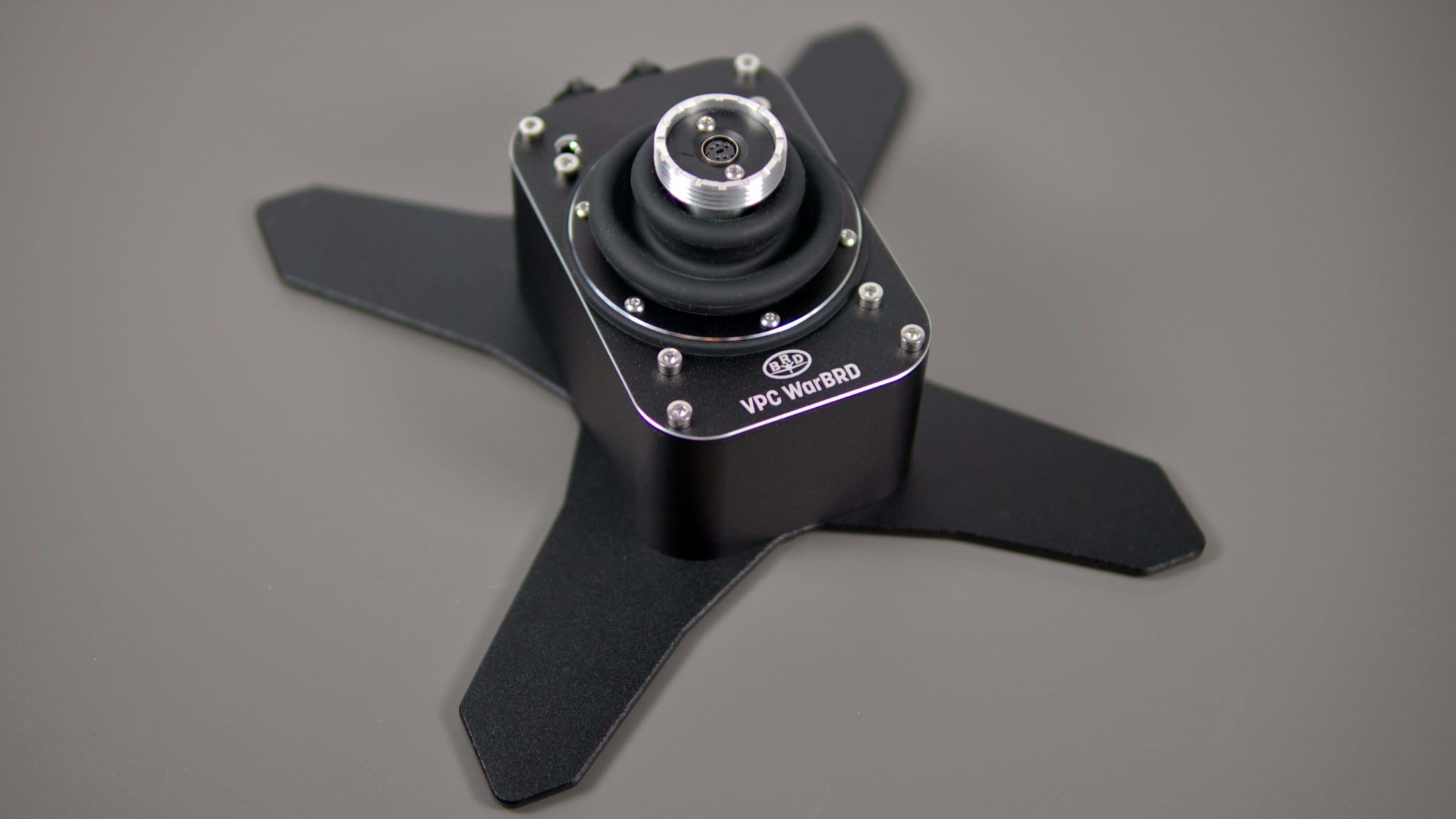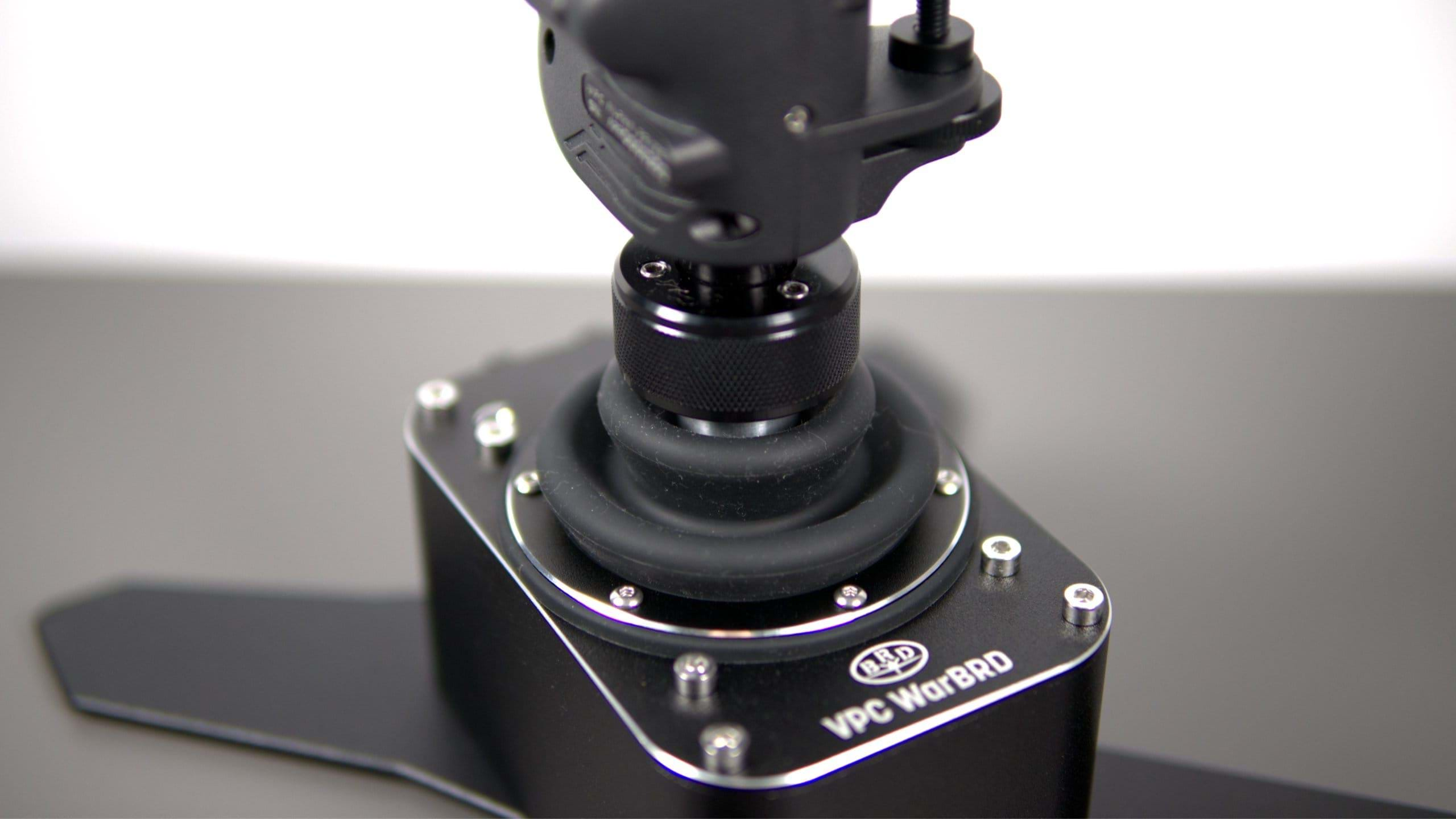Disclaimer: this unit was provided to me, for free, by VIRPIL. As usual, I will be completely unbiased and totally honest with both you and VIRPIL and I will point out the good and the bad things in the product, if I find any.
The new WarBRD-D is the oldest brother of the WarBRD, the “low end” of VIRPIL’s line of joystick bases. Being “low end” doesn’t mean “low quality”, though as the WarBRD is just built differently from other bases such as the VPC MongoosT-50CM2 or the top-of-the-line VPC MongoosT-50CM3 which we have reviewed in the past.
The WarBRD-D is not replacing the older model but is rather adding to VIRPIL’s line of products. As you can see on the official website, that line is now comprised of 4 bases, sold at different price points (and with different characteristics, of course).
Fortunately, VIRPIL had sent me the MongoosT-50CM3 which I reviewed after some thorough testing so I can make a comparison between the two as the CM3 is the “other” joystick base with a clutch system. I will not make a thorough comparison, though but I will point out a thing or two that I feel like I have to address.
Design
You may need to get used to me always praising VIRPIL’s design but, really, these folks build beautiful pieces of hardware.
The base is comprised of a beautiful flat black metal box and comes with a quite wide base system that can be attached to the bottom of the base (you will have to remove the bottom cover, first) so you can use it on a desk without it falling to the side.
Oh yes, I should let you know that the WarBRD-D, just like the original WarBRD was designed to be used on a desk, but it can be used on the floor or in a mounting system.
At the top, you’ll find the connection for the grip of your choice and yes, just like with the other bases, you can also use a Thrustmaster grip. So, if you have a Thrustmaster joystick, you may only need to invest in the new base.
The grip attachment base is protected by a rubber sleeve, so dust doesn’t get in (kind of like with a car’s shift gear) and that is a much-welcome feature.
Installation and configuration
I always mention this on every single VIRPIL review I write, so here it is again:
Important note: if you have multiple VIRPIL controls, make sure you connect one at a time and set them up separately to prevent issues, conflicts or even damaging your controls.
You’ll first need to download the VIRPIL software, which you can find on the official website, of course.
After that, you should plug your base into your computer.
At the front of the base, you will find 2 ports, which is kind of normal in VIRPIL’s hardware. These 2 aviation XS9 ports allow you to connect it to the computer, through the one marked USB.
As for the AUX plug, you can use that to connect, for example, a panel. So you would connect the panel to the base and the base into your computer, meaning that you would only use 1 USB port. That’s smart, right?
Inside VIRPIL’s VPC Configuration Tool (the software I mentioned earlier), you will probably find that there’s an update for your base. Go ahead and do it.
Then, it’s time to calibrate it and once that’s done, you’re done. At least with the hardware setup.
Customization
Let me get through this right now because the star feature of the base will need you to understand our choices first.
As with other bases, VIRPIL offers a choice of different cams (4 of them) and 3 springs.
The cams allow you to have a more curved or linear travel and center or no center and the springs give you the possibility to select from 3 different strengths. Or no cams and no springs. This gives you a lot of different combinations that will certainly match your needs and style.
This is quite amazing, but it is also where I found my (only) gripe with the joystick.
While the MongoosT-50CM3 allows for a rather quick and easy exchange of the spring and cams, things with the WarBRD-D are not as easy.
The initial part of the process is quite straightforward as we remove the plugs (literally) and both the top and bottom cover to access the interior of the stick, but the removal of the cams is a bit harder and it will require you to have 2 spanners of the same size, or a spanner and a plier, for example.
While not exactly rocket science, I was used to the way the CM3 allows you to do this quicker: remove the bottom cover, unscrew a couple of screws at the top, and remove a couple of screws per cam. You don’t need a spanner or a plier, and the process is done in 3-4 steps instead of 5-6 in the WarBRD-D.
One of the steps of the WarBRD-D is actually a bit hard. Not only that, but you are also risking damaging the “plug of the plugs” if that makes sense. See the photo below and you’ll see 8 little wires that can be bent in the process.
Again, this is not a deal breaker, but it makes things a bit harder. Maybe I am spoiled with the CM3 base, but I found the process with the WarBRD-D to be quite cumbersome.
And yes, that is really my only complaint. Spoiler alert for the rest of the review, I guess?
The clutch system
This is probably one of the reasons why you are thinking about buying this piece of hardware, right?
The clutch is a sort of friction system that allows you to control how loose or how tight the stick will be. It’s not about the strength of the spring. While the spring does control the amount of strength you have to put on the grip for the stick to move, it also always forces it to recenter, and the strength is not really linear. It’s a spring after all.
A clutch allows you to control the amount of force you need to put into the grip linearly and it can even counteract the spring if you tighten it enough. But, for helicopters, this may not be a good thing, since we don’t want to fight the stick or a spring.
But here’s also where the clutch system comes in handy.
You can control the strength of that friction independently on the X and Y axes, which can be a bit hard to sync, to be honest, but it’s worth it. To control the friction on the 2 axes, you just need an H3 Allen key and access the screws inside the 2 holes at the top of the base.
Like I said in the previous section, you can select the spring kit you want to use on the stick, which offers different levels of strength, and you can also choose from different cams, which will provide you with a different style of travel and how “aggressive” the center point will be.
But you can actually remove the springs and cams and not use them at all. Here’s where the clutch system shines.
A center point can be negative since there’s really no “center” in a helicopter cyclic. The center is wherever it is, depending on a lot of factors. Wind, torque (which will need different pedal inputs), inclination, etc. So that can change a lot. Having a strict center feel in a stick won’t help. And it won’t help that you have a spring constantly forcing against your hand. It’s uncomfortable and it will make your flying a lot harder.
With the clutch system, you can dismiss all the cams and springs and loosen the stick without it falling to the side since you have a friction system. This means you can control the amount of strength you will need to put into the grip for it to move and make it so that you can even let it go and it won’t fall to the side.
With the right amount of friction, you will notice that you will have a lot more control over the helicopter with a lot less effort. It does make a huge difference and it will improve your helicopter flying if you are using a regular joystick with a spring.
Stiction
There’s something that I need to address here, which has to do with something folks call “stiction”.
Now while I haven’t experienced it over the 3 or so weeks of using the stick on and off (I did use it pretty much daily), I have seen reports, of users that have other VIRPIL products complaining about the phenomenon which is pretty much the degradation of the friction system to a point where movement becomes “sticky” at some points or makes it hard to start moving the stick even if you loosen it up.
I am adding this as a note but, again, I did not experience this during my tests. The stick was as smooth as during the first day of use.
My test setup
For this review, I used the VIRPIL VPC Constellation Alpha Prime and placed the stick on my desk for most of the testing. I did try it with the 200mm flight stick extension as well but I focused on the primary use VIRPIL planned on the base to be used as.
I can say that I didn’t find any issues in any of the different configurations:
- On the desk, without the extension
- On a desk mount, without the extension
- On a desk mount, with the extension
Performance was pretty similar overall, although the extension does help (check the review I link above for more details if you are interested in the extension).
Performance
It’s a VIRPIL joystick base. There's not much to say when you mention this. Considering the amount of hardware, I have tested, performance would only be a surprise for me if it was bad.
As with any other VIRPIL hardware, I find it very precise. I found no issues with it as I operated it using several sims (DCS, MSFS, X-Plane, Aerofly FS, and P3D). In fact, it behaved flawlessly.
Conclusion
This is another great joystick from VIRPIL, with a very high build quality. While I find the setup to be a bit annoying, it’s not a reason for me to not suggest it. I have to say, though, that if you are trying to find the sweet spot by changing springs and cams, you may be getting yourself into a bit of a painful process as you have to disassemble the stick and reassemble it again to try the new setup.
That doesn’t happen with the CM3, where you just need to remove the base (which can be off during that process), remove the top screws, and change the springs or the cams.
The WarBRD-D will keep you busier and I admit it can be a bit frustrating.
Having that said, the base behaves without any glitches, and it is a great addition to the VIRPIL arsenal.
While I do recommend it, I believe the CM3 is probably a better option but if you decide to get this one (it’s still €100 difference between both).

